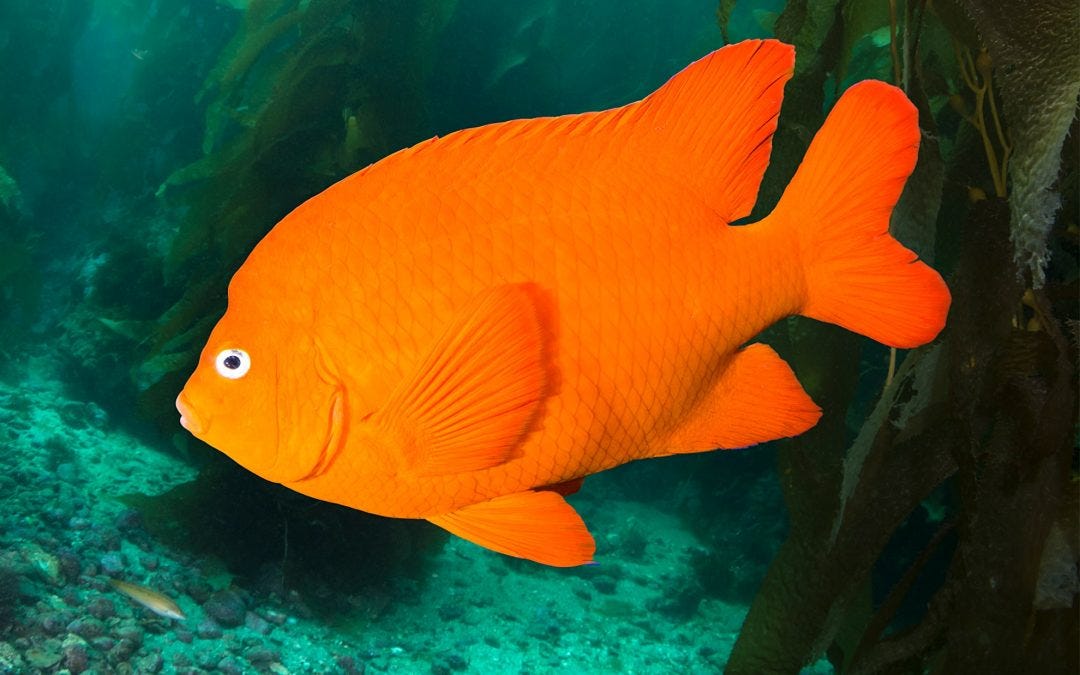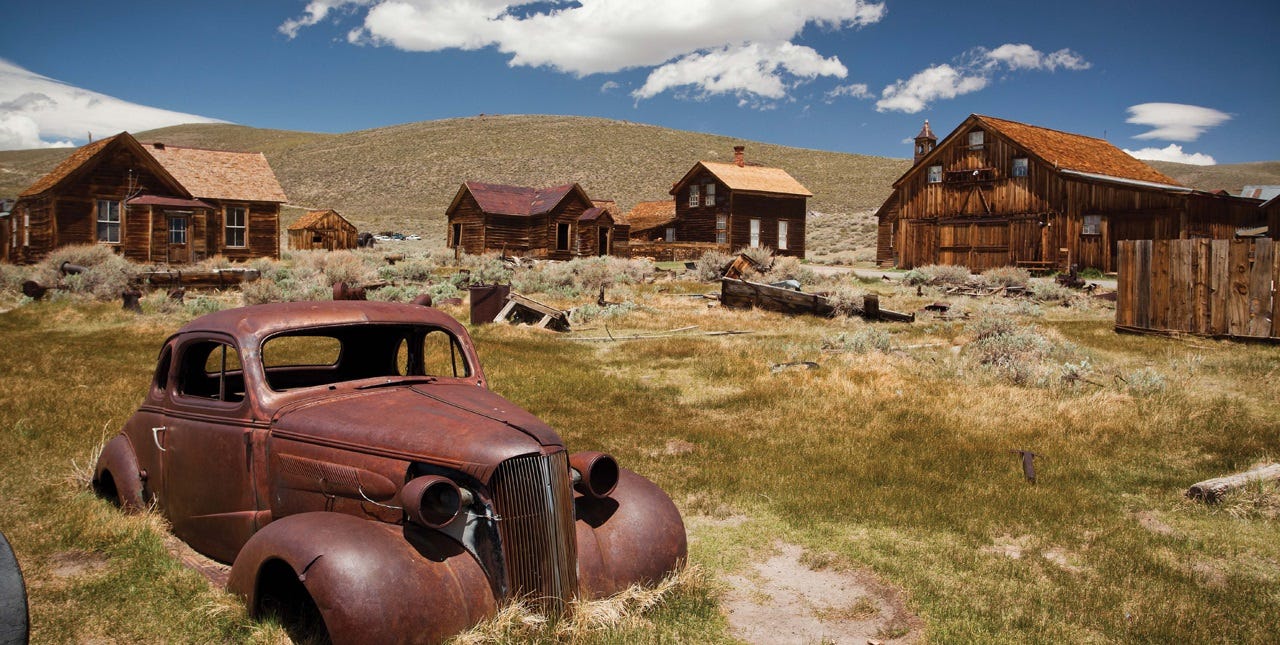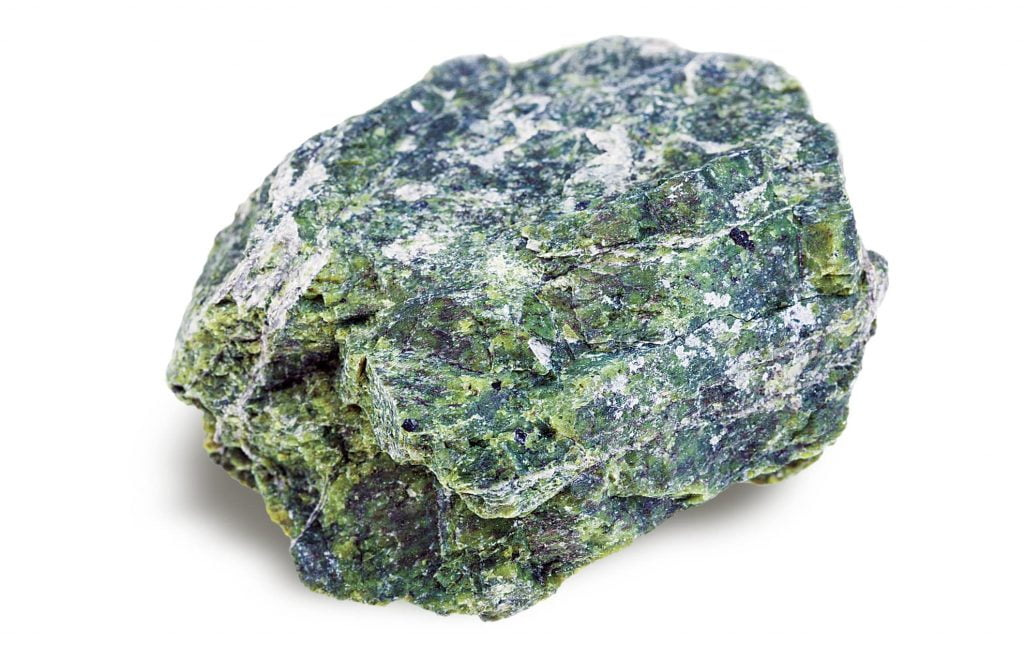California State Animal
The California grizzly bear became California's official state animal in 1953. Sadly, the California grizzly bear is now extinct. The last known grizzly was killed in Tulare County in 1922. There was a report of one spotted in 1924, but it was never seen again.
California State Bird
The California Quail (also known as the Valley Quail) became the state's official state bird in 1931.
California State Colors
Blue and gold became California's official state colors in 1951, although the colors have been used for ribbons decorating official documents since 1913. The colors were first used by the University of California at Berkeley as the school colors in 1875. Blue represents the sky and gold represents (you guessed it) the gold which sparked mass immigration to California in 1849.
California State Dance
California's state dance is the West Coast Swing, which originated in California in the 1930s and is a truly American dance. Its relatives include swing and the jitterbug.
California State Fife and Drum Band
The California Consolidated Drum Band was proclaimed California's official State Fife and Drum Corps in 1997, in recognition of the contributions of fife and drum music in our country's history, such as the inspiration it provided to our country's soldiers during times of war.
California State Fish
The golden trout became California's official state fish in 1947. Although the golden trout has been planted in other states, it is native only to the state of California.

California State Flag
The Bear Flag was adopted as California's official state flag in 1911. It depicts a California grizzly bear as a sign of great strength, a red star as a reference to Texas, the Lone Star State, and the words "California Republic." The flag originated on June 14, 1846, when a group of settlers rose up and declared California an independent Republic rather than a territory of Mexico. The settlers quickly designed the Bear Flag so that it could be flown in place of the Mexican flag, and the uprising became known as the Bear Flag Revolt. Only three weeks later, on July 9th, the Bear Flag was replaced with the American flag when the Mexican-American War began.
California State Flower
The California Poppy became the official state flower in 1903. California Poppies, also known as the flame flower and cup of gold, are beautiful, golden wildflowers. They can be seen covering hills and growing wild along roadsides all over the state of California each spring, sometimes interspersed with purple lupins. It is a truly awe-inspiring sight—my mom, Vicky Ann Phillips (1942-1995), was always overjoyed when the poppies began making their appearance each spring.
California State Folk Dance
Square dancing has been enjoyed in California since the Gold Rush days and is the state folk dance.
California State Dinosaur
California’s state dinosaur is a 30-foot long, duck-billed, herbivorous dinosaur called Augustynolophus. It roamed central California during the Maastrichtian Age, 66 million years ago. It became the official state dinosaur in 2017.
California State Fossil
The sabertoothed cat became California's official state fossil in 1973. The sabertoothed cat roamed the land now known as California 40,000 years ago. Numerous sabertoothed cat fossil bones have been found preserved in the La Brea Tar Pits, located on Wilshire Boulevard right in downtown Los Angeles!
California State Gemstone
Benitoite or the Blue Diamond is an extremely rare and beautiful gem in various shades of blue, from light blue to sapphire to violet. It was designated California's official state gemstone in 1985.
California State Gold Rush Ghost Town
Bodie was named California’s state Gold Rush Ghost Town in 2002. The town is located just northeast of Yosemite National Park and has been preserved as it was when the Gold Rush ended by the California State Parks agency.

California State Grass
Purple needlegrass became California’s state grass in 2004. It’s drought and heat tolerant, can live to be 150 years old, and is an important food source for California wildlife.
California State Insect
The California dogface butterfly is found only in California and was designated the official state insect in 1972.
California State Marine Fish
The garibaldi is a brightly-colored fish commonly found in the waters off the Southern California coast. The garibaldi was designated the official state marine fish in 1995.
California State Marine Mammal
The California gray whale was designated the official state marine mammal in 1975. Large numbers of gray whales can be seen migrating south along the California coast to Baja California for mating/calf-birthing season from December to February. They return north with their calves in March and April, returning to their summer home in the western Bering Sea.

California State Mineral
Surprise, surprise! Gold was designated California's official state mineral in 1965. Gold was instrumental in the rapid settlement of California in the mid-1800s. Although California gold is not as readily accessible as it once was, there is still an abundance of gold in the California hills. It is generally higher up and much more difficult to reach, but there are some who still make their living prospecting for gold in the Sierra-Nevada mountain range.
California State Motto
"Eureka" became California's official state motto in 1965 and has appeared on California's state seal since 1849. "Eureka" is Greek for "I have found it" and likely refers to the discovery of gold in California in 1848.
California State Nickname
California was officially nicknamed "The Golden State" in 1968, although it was known by that nickname long before that. The nickname is a befitting one, as the Gold Rush was an integral part of California's history and California golden poppies cover the California hills each spring.
California State Prehistoric Artifact
California became the first state to designate an official state prehistoric artifact in 1991. California's official state prehistoric artifact is a chipped stone bear which was apparently carved from volcanic rock by a caveman during prehistoric times. The artifact was discovered during an archaeological dig in San Diego in 1985 and is approximately 8,000 years old.
California State Reptile
The desert tortoise was designated the California state reptile in 1972. The desert tortoise can be found in California's southwestern deserts and is now protected as an endangered species.
California State Rock
California became the first state to designate an official state rock in 1965, when it named serpentine California's official state rock. California has a greater number and variety of rocks and minerals than any other state, which makes sense because of California’s varied topography. Serpentine was designated the official state rock because it contains three of California's principal mineral deposits: chromite, magnesite, and cinnabar.

California State Seal
California's official state seal was adopted in 1849 and depicts the Roman goddess Minerva (goddess of wisdom), a grizzly bear (representing wildlife), a cluster of grapes (representing agriculture), a prospector panning for gold at the Sacramento river (obviously), and 31 stars, representing the number of states there would be upon California's admission to statehood. According to Roman mythology, the goddess Minerva sprang forth fully-grown from the head of her father, Jupiter. The state seal includes Minerva as a symbol of the fact that, because of its wealth of gold, California was quickly admitted as a state on September 9, 1850, without having to first become a territory and grow up into statehood. California celebrates Admission Day on September 9th each year and because my dad, Keith Phillips (1936-2001), was born on September 9th, he always got to take his birthday off from school! California no longer observes Admissions Day as a state holiday—in 1984, Governor George Deukmejian signed legistlature making its observance a personal option.
California State Silver Rush Ghost Town
Calico was designated the official silver rush ghost town in 2005 to honor an 1881 major discovery of silver near the town. It’s now one of San Bernardino County’s regional parks.

California State Soil
In acknowledgment of the importance of soil to California's agricultural economy, the San Joaquin soil was designated California's official state soil in 1997.
California State Song
"I Love You, California" became California's official state song in 1988, over attempts to award the designation to other songs, such as "California, Here I Come." The lyrics were written by Los Angeles merchant F.B. Silverwood. Alfred Frankenstein, a former conductor for the Los Angeles Symphony Orchestra, set the words to music. The song was the official song for the expositions held in San Francisco and San Diego in 1915.
California State Sport
Surfing became California's official state sport in 2018.
California State Theater
The Pasadena Playhouse became California's official state theater in 1937. Construction began on the Spanish-style theater, designed by architect Elmer Grey, in 1924. It staged its first production the following year. Thanks to its proximity to Hollywood, audiences at the Pasadena Playhouse have enjoyed performances by a number of Hollywood legends, including Gene Hackman, Tyrone Power, Eve Arden, Raymond Burr, and Jean Arthur.
California State Tree
The California redwood was designated California's official state tree in 1937. Redwoods exist only on the Pacific Coast. There are two different types of redwoods, the coast redwood and the giant sequoia. The coast redwood is the tallest tree in the world. A 360-foot tall coast redwood grows in California's Humboldt State Park. The tallest giant sequoia is 272 feet tall and 36 feet in diameter. Known as the General Sherman Tree, it resides in Sequoia National Park and is widely accepted to be the world's largest tree. See also Kings Canyon National Park.
Note: This information was compiled from facts and statistics available through various sources, including the California Office of Tourism, the California State Parks agency, the State of California Capitol Museum, and the California State Library.






